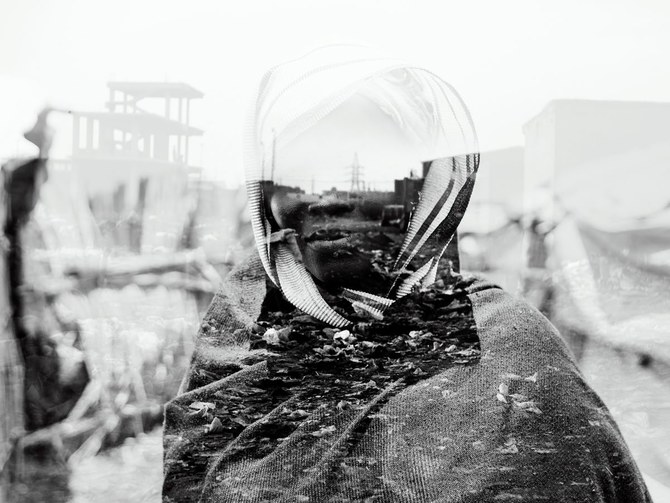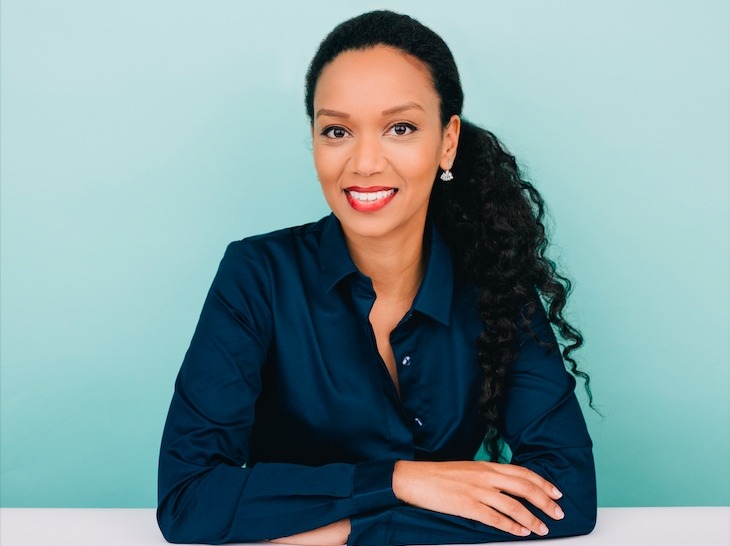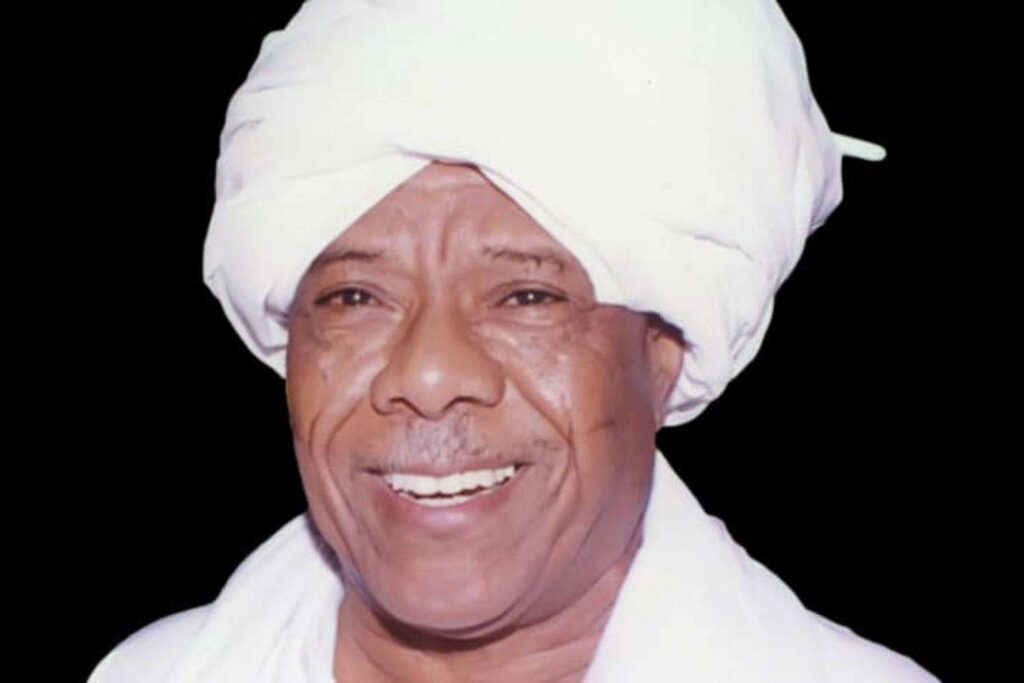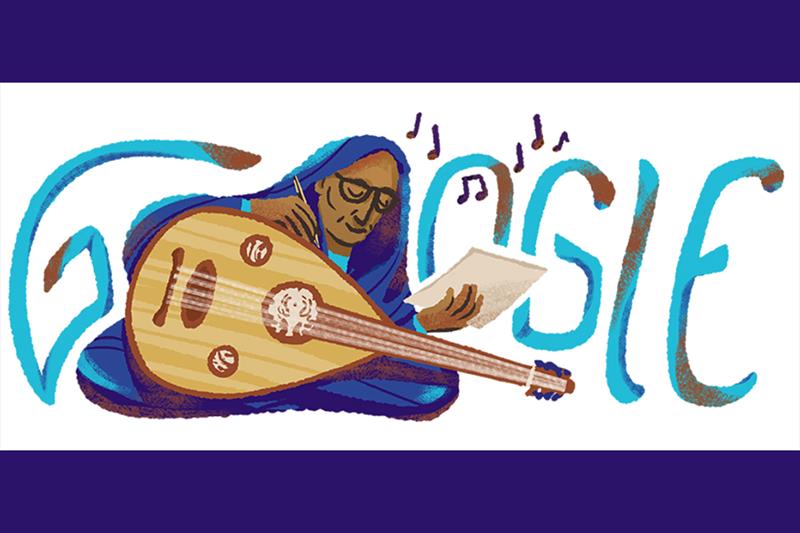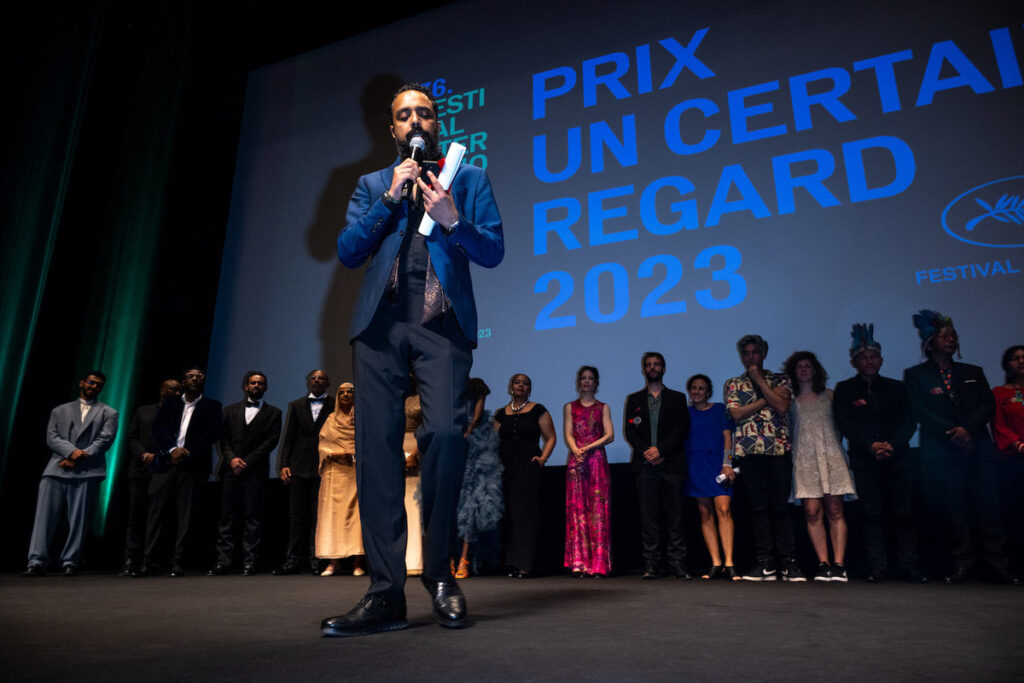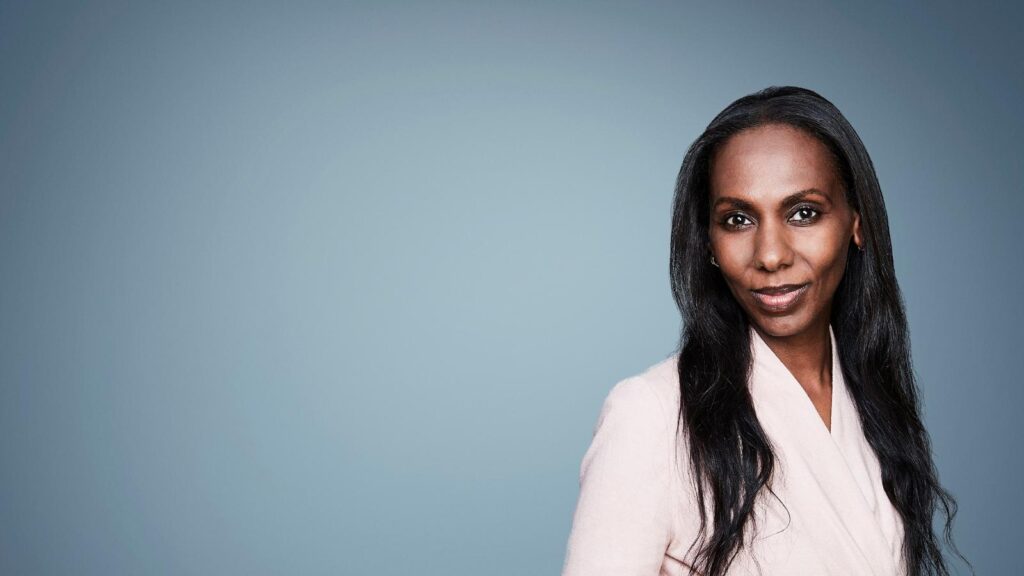A group of academics have spent close to a decade scanning historic documents and images and making them available online.
Sudanese academic Badreldin Elhag Musa followed the news with alarm when Al Qaeda-affiliated fighters set fire to two libraries containing historic documents in the Malian city of Timbuktu in 2013.
While local residents managed to smuggle many manuscripts to safety in advance, a Unesco team later found that some 4,200 of the documents stored in the libraries were either destroyed or stolen – about a tenth of its archives .
At the time, Elhag Musa already had concerns about the preservation of rare documents in his country. The events in Timbuktu accelerated the sense of urgency for the scholar, a member of the Sudanese Association for Archiving Knowledge (Saak).
The tragic episode served as a warning that highlighted the plight of cultural heritage artefacts in areas of actual or potential conflict – just like Sudan.
Elhag Musa set a plan in motion, connecting with King’s College London Professor Marilyn Deegan, who has over 20 years of experience in digital humanities. His goal: to find ways to safeguard as much of Sudan’s cultural heritage as possible.
A decade later, the result is Sudan Memory, a project that seeks to preserve and promote valuable cultural materials about Sudan through digitisation. The online platform aims to ensure current and future generations can benefit from the country’s rich heritage.
In total, more than 200 people and over 40 institutions have been involved in the project, which offers 60,000 digitised documents.
The results are invaluable: The materials range from manuscripts, photographs, books and films, covering a myriad of topics, as well as jewellery, traditional dresses, and artefacts from different regions spanning around 6,000 years of history.
“We never expected such success when we started,” Elhag Musa told Middle East Eye.
His colleague Deegan notes, “We’ve digitised… well over 100.000 images,” adding, “We thought we would be able to do millions…but I think we did do a lot.”
Sourcing collections
One of the reasons that prompted Elhag Musa and his colleague at Saak to protect Sudan’s cultural heritage with such urgency was that many of the country’s richest archives, particularly private collections, are in danger.
The reasons are manifold, ranging from extreme weather and lack of appropriate storage to neglect and conflict.
Many valuable collections, whether public or private, are also locked away and not easily accessible to the public.
Yet at the same time, many of Sudan’s archives and collections were in good enough condition to undertake a project like Sudan Memory, as Deegan saw for herself on her first visit to Khartoum, Omdurman and Atbara in May 2013.
“Archives in Sudan are not (like) the British Library, but they are not too bad,” she said.
Although its origins go back a decade, the Sudan Memory team was only able to start digitising documents in 2018, some time after securing funds.
At first, the focus was on large institutions; one of the entities that contributed the most was the National Records Office (NRO), which serves as Sudan’s national archives.
The NRO holds more than 30 million documents, some dating as far back as 1504 CE, and they are currently classified into around 300 collections.
Today, some of these materials can be found in the Sudan Memory archive, including early issues of The Sudan Times newspaper, as well as old magazines, rare books and precious photographs.
Another major collection included in the Sudan Memory project was provided by Al Rashid Studio, the largest private photo studio in the country.
Located in the city of Atbara, once the centre of Sudan’s railway industry and regarded as the cradle of its trade union and communist movements, the studio holds over four million negatives dating back to the 1940s.
Through these negatives, the Rashid family has captured the cosmopolitanism that once defined Atbara, as well as some of the changes Sudan has undergone in recent decades.
“What’s interesting about [it] is looking at the early images and seeing over time how things like fashion changed, and how that’s related to politics,” Deegan noted.
A turbulent process
Building the Sudan Memory archive was not an easy task, primarily as a result of political circumstances in the country.
Training could not start until scanners were imported into the country and these were not installed until July 2018, as the team had to navigate sanctions still in place at the time – a period when former president, Omar al-Bashir, was still in charge.
These restrictions also affected the purchase of other equipment and the transfer of funds to teams within Sudan.
Additionally, in the lead-up to the revolution in Sudan in late 2018 and the period until the formation of the now-ousted transitional government, there was little stability within the country’s institutions with many regularly closing, thereby disrupting the project.
And just as the situation began to settle down and work restarted, the Covid-19 pandemic hit in early 2020, once again putting a hold on scanning in local institutions.
Throughout this turbulent process the project stayed going thanks to the efforts of Katharina von Schroeder, Sudan Memory’s project manager in Khartoum.
“Just like many other projects, Covid times were difficult,” Elhag Musa said.
“But for us the passion was great, and as Marilyn continued to work on targeting international sources [of funding], we went on to focus on training talented team members on digitisation skills,” he added.
As if all this was not enough, the military coup of October 2021, which derailed the fragile transition in the country, further aggravated political instability in Sudan and delayed the project’s launch in Khartoum indefinitely.
“It has just been so turbulent over the last few years,” Katherine Ashley, another of Sudan Memory’s project managers, told MEE.
“But people, if anything, have become as or even more generous and excited to share their collections and do things about it,” she noted.
Private collections
About halfway through the project, the Sudan Memory team decided to expand beyond the country’s major institutions and dive into private collections as well.
And that’s when Ashley, who has extensive experience in the field, came in.
“The big collections are amazing, but the ones that people feel so passionate about are (ones) hidden away in people’s homes; private collections and stories,” she said.
“This is what (made me realise) how important it is to try and make some effort…on Sudan and record some of these oral histories and stories,” Ashley added.
One such preserved collection is that of Sadia el-Salahi , a Sudanese artist and designer born in 1941 in Omdurman and famous for her pioneering work on Sudanese folklore and traditional costumes.
In 1968, Salahi joined the Sudanese Ministry of Culture and became the first Sudanese national to hold the position of head costume designer, according to Sudan Memory.
“She sadly passed away…but we were lucky to record what was left of her collection and also do a video recording about her career and life story,” Ashley said of Salahi, who died in 2022.
Another jewel in the crown of the Sudan Memory project is an interactive 3D reconstruction of Suakin Island , on the west coast of the Red Sea, as it was in 1900.
The portal also features some important documentation about the history of the island, and links to digitised content about it.
To a great extent, the reconstruction of Suakin was possible thanks to Mohamed Nour, a local Sudanese citizen, and his family, who dedicated their life to building a museum of the island’s history through photographs, artefacts and other documents.
“It’s a lifelong work that they are continuing,” Ashley said.
Remembering Sudan’s Jewish community
A significant part of the archive created by Sudan Memory does not come from within the country but by a process they call digital repatriation: content about Sudan acquired from institutions and individuals abroad.
“We are bringing Sudanese materials back into the country,” Deegan noted, adding: “We are pushing Sudanese materials out to the world, but also bringing stuff back in.”
One example is the Tales of Jewish Sudan archive , a collection of stories, photos and recipes from Sudan’s Jewish community compiled by historian Daisy Abboudi, a descendant of the Sudanese-Jewish community born in the UK.
The history of Sudan’s Jews is difficult to trace, but Abboudi has documented that from the early 20th century onwards, Jews from all over the Middle East and North Africa began to arrive after the building of a rail connection to Cairo by the British army.
At its peak in 1950s, Sudan’s Jewish community numbered approximately 250 families, mainly concentrated in Khartoum, Omdurman and Wad Madani. And its members were predominantly merchants involved in the textiles, silks and Arabic gum trades.
“The community was very active, they had a club, a synagogue… It was an equipped, functioning community,” Abboudi told MEE.
“It was small, but I think that that made it even more vibrant and active,” she added.
However, from the mid-20th century onwards, and for reasons ranging from the establishment of the State of Israel to the rise in antisemitic incidents and rhetoric in Sudan, the Jewish community began to shrink amid successive waves of emigration.
According to Abboudi, by the end of 1973 following the Arab-Israeli war, the last remaining Jews left Sudan.
To prevent the memory of the once vibrant Jewish community in Sudan from fading, Abboudi started Tales of Jewish Sudan in 2015 with the aim of preserving its history and stories before it was too late – a goal now shared with Sudan Memory.
“Living in the more Ashkenazi-dominant British community, I felt that my history was neglected, ignored or somehow not present. And that’s why I started,” she said.
“But also for my generation and the generations to come, because I realised that as soon as those people are no longer here, that community will be forgotten,” she explained further.
Another curious example of repatriated Sudanese materials comes from Air Tickets History , a collection belonging to Greek collector, Gklavas Athanasios, that today holds over 4,500 airline tickets and boarding passes from more than 1,000 airlines spanning six continents.
The extensive collection includes several documents dated from 1960 to 1983 from Sudanese airlines, such as Sudan Airways, the national airline; also one of the first airlines in Africa, Mid Airlines, a charter airline established in Khartoum in 2002, and Marsland Aviation.
“I started collecting tickets when I was eight and had my first flight with Olympic Airways, from Athens to Samos Island,” Athanasios told MEE. “But about the Sudanese tickets I unfortunately don’t have much information, as I bought them on Ebay many years ago.”
All in all, the compilation of these documents gathered from major institutions and private collections both inside and outside Sudan helps to build up a complex picture of the memory of a nation.
“We were optimistic, but we didn’t expect at all that we would succeed in the organisation of such magnificent collaboration,” Elhag Musa said.
And the process that has been followed also serves to pave the way to go further.
“What we do have at least is a much broader understanding of what is there and what else could be done in the future,” Ashley said.
“And we now have established a process to do it.”
This article is available in French on Middle East Eye French edition.
source/content: middleeasteye.net / Middle East Ege (headline edited)
________
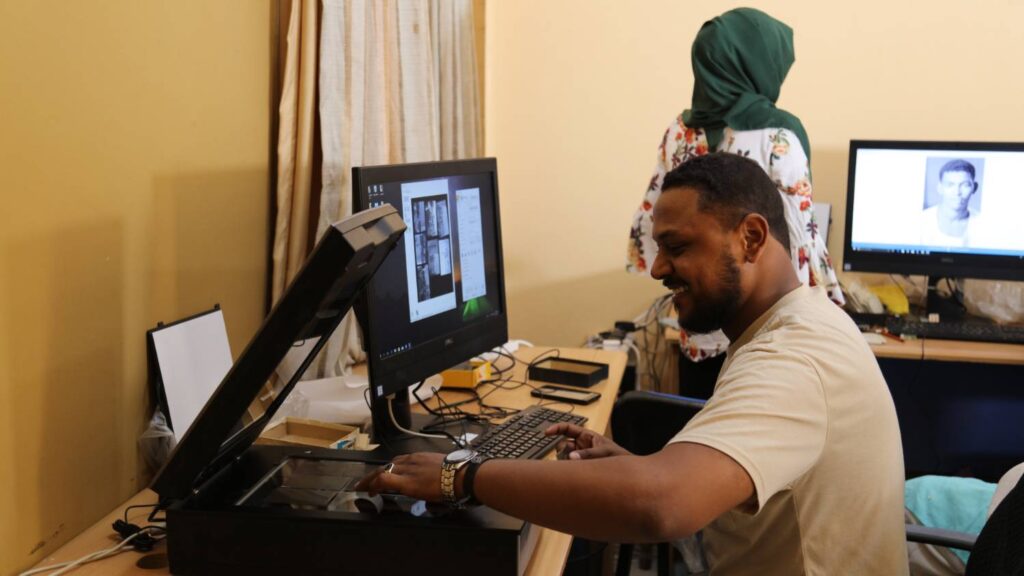
The Rashid Studio has more than four million negatives dating back to the 1940s (Sudan Memory)
__________
SUDAN
